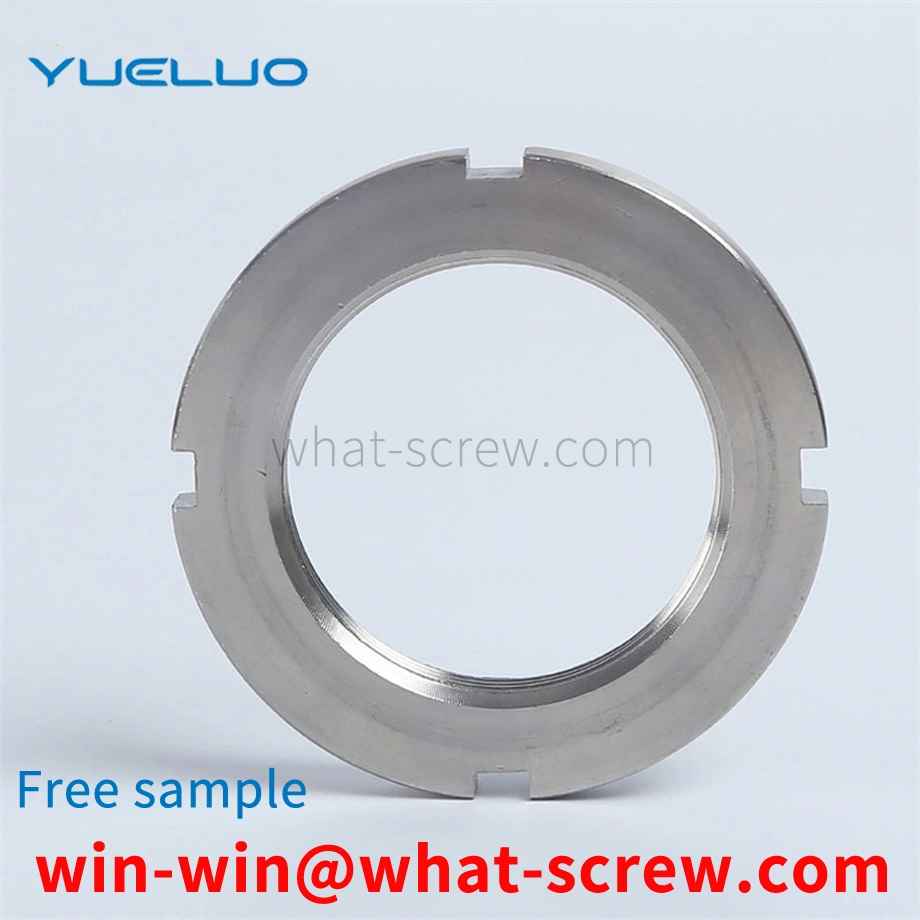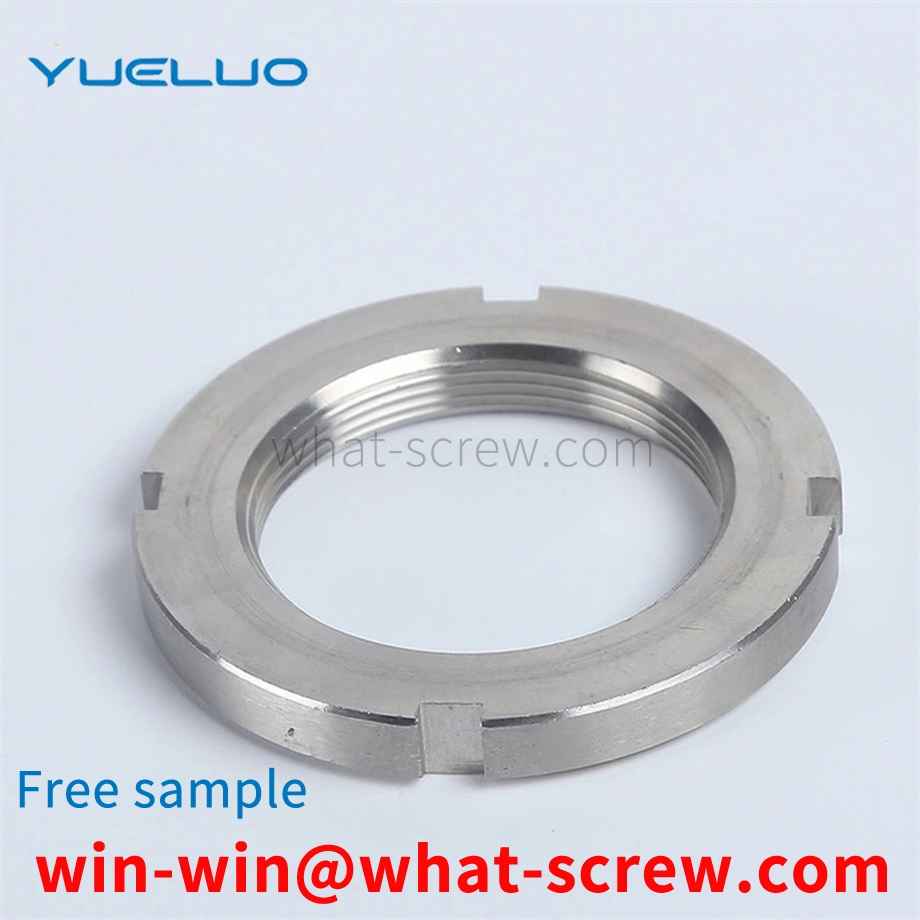Various stainless steel materials have different properties due to their different material contents, so the corrosion resistance is also different. The following is a brief explanation of several commonly used materials: 304 is a universal stainless steel, which is widely used in the production of good requirements. Equipment and components with comprehensive properties (corrosion resistance and formability). 301 stainless steel exhibits obvious work hardening phenomenon during deformation, and is used in various occasions requiring higher strength. 302 stainless steel is essentially a variant of 304 stainless steel with higher carbon content, which can obtain higher strength by cold rolling. 302B is a kind of stainless steel with high silicon content, which has high resistance to high temperature oxidation. 303 and 303Se are free-cutting stainless steels containing sulfur and selenium, respectively, and are used in applications where free-cutting and high surface finish are mainly required. 303Se stainless steel is also used to make parts that require hot upsetting, because under these conditions, this stainless steel has good hot workability. 304L is a lower carbon variant of 304 stainless steel used where welding is required. The lower carbon content minimizes carbide precipitation in the heat-affected zone near the weld, which can lead to intergranular corrosion (weld erosion) of stainless steel in some environments. 304N is a nitrogen-containing stainless steel, and nitrogen is added to increase the strength of the steel. 316 (18Cr-12Ni-2.5Mo) material: due to the addition of Mo, its corrosion resistance, atmospheric corrosion resistance and high temperature strength are particularly good, and can be used under harsh conditions; excellent work hardening (non-magnetic).
① Nominal thread outer diameter (thread specification): divided into metric system and inch system. Metric thread → common specifications are 2; 2.3; 2.5; 2.6; 2.9; 3; 3.1; 3.5; 4; 4.2; 4.5; The unit is mm (millimeters). Inch thread→ Common specifications are 2#;4#;6#;8#;10#;12#;1/4;7/32;5/16;3/8;1/2 ;9/16;3/ 4. The unit is in (inches). ② Number of teeth/pitch: Definition of number of teeth → the number of teeth lines in one inch (25.4mm) length. Pitch Definition → Distance value between two adjacent threads. Conversion of number of teeth and pitch of teeth → pitch of teeth = 1 inch/number of teeth ③Nominal length: divided into metric system and inch system. Metric Nominal Length → Common values are 5, 6, 6.5, 7, 8, 9, 9.5, 10, 11, 12, 13, 14, 15, 16, 18, 19, 20, 21, 25, 28, 30, 31 , 32, 35, 40, 42, 45, 50, 55, 60, 65, 70, 75, 80, 85, 90, 95, 100, 110, 120. The unit is mm (millimeters). Imperial Nominal Length → Common values are 1/4, 5/16, 3/8, 7/16, 1/2, 5/8, 3/4, 1, 2, 3. Units: in (inches). ④Head type: use letters to indicate the type of head type, please refer to the previous classification of commonly used screw head types. ⑤Tooth type/tail type: Use letters to indicate the type of tooth type/tail type, please refer to the previous Commonly used screw thread/tail type classification. ⑥Groove type: Please refer to the previous section Category of common screw groove types of our company. Cross-slotted or non-slotted (such as punched hexagon head screws) do not need to be marked here, and other groove types need to be described in words. ⑦Special labeling: In general, no labeling is required. When expressing its characteristics, it is described in words at this position. For example: the specification name of the screw is described as 4-0.7x70PM±tooth length 35, which means 4 is the nominal diameter of the screw thread, 0.7 is the pitch, 70 is the nominal length of the screw, and P means its The head type is a pan head, M means its tooth type/tail type is a wire thread type, ± means its groove type is ± groove and can also be expressed by plus or minus groove. Tooth length 35 is special Mark, specify the thread length value of this screw.
The process factors that affect the quality of high-strength fasteners include steel design, spheroidizing annealing, peeling and dephosphorization, drawing, cold heading, thread processing, heat treatment, etc., and sometimes the superposition of various factors.
The process of removing iron oxide plate from cold heading steel wire rod is stripping and dephosphorization. There are two methods: mechanical dephosphorization and chemical pickling. Replacing the chemical pickling process of wire rod with mechanical phosphorus removal not only improves productivity, but also reduces environmental pollution. This phosphorus removal process includes bending method (the round wheel with triangular grooves is commonly used to repeatedly bend the wire rod), spray nine method, etc. The phosphorus removal effect is good, but the residual iron and phosphorus cannot be removed (the removal rate of iron oxide scale is 97%) ), especially when the iron oxide scale is very sticky, therefore, mechanical phosphorus removal is affected by iron scale thickness, structure and stress state. Carbon steel wire rods used for low strength fasteners (less than or equal to 6.8) High-strength bolts (greater than or equal to grade 8.8) use wire rods to remove all iron oxide scales after mechanical dephosphorization, and then go through a chemical pickling process for compound dephosphorization. For low carbon steel wire rods, the iron sheets left by mechanical dephosphorization are likely to cause uneven wear of grain draft. When the grain draft hole adheres to the iron sheet when the wire rod rubs against the external temperature, the surface of the wire rod produces longitudinal grain marks. More than 95% are caused by scratches on the surface of the steel wire during the drawing process. Therefore, the mechanical phosphorus removal method is not suitable for high-speed drawing.
An automatic circlip device discloses an automatic circlip device capable of realizing automatic assembly of the circlip to improve production efficiency and reduce labor costs. However, there are problems of low degree of automation and low work efficiency.
We have many years of experience in the production and sales of screws, nuts, flat washers, etc. The main products are: brass sheep's eye bolts, plastic plastic insulating nuts, plum washers, PC polycarbonate screws and other products, we can provide you with suitable screws for you. Firmware Solutions.



















 Service Hotline
Service Hotline




